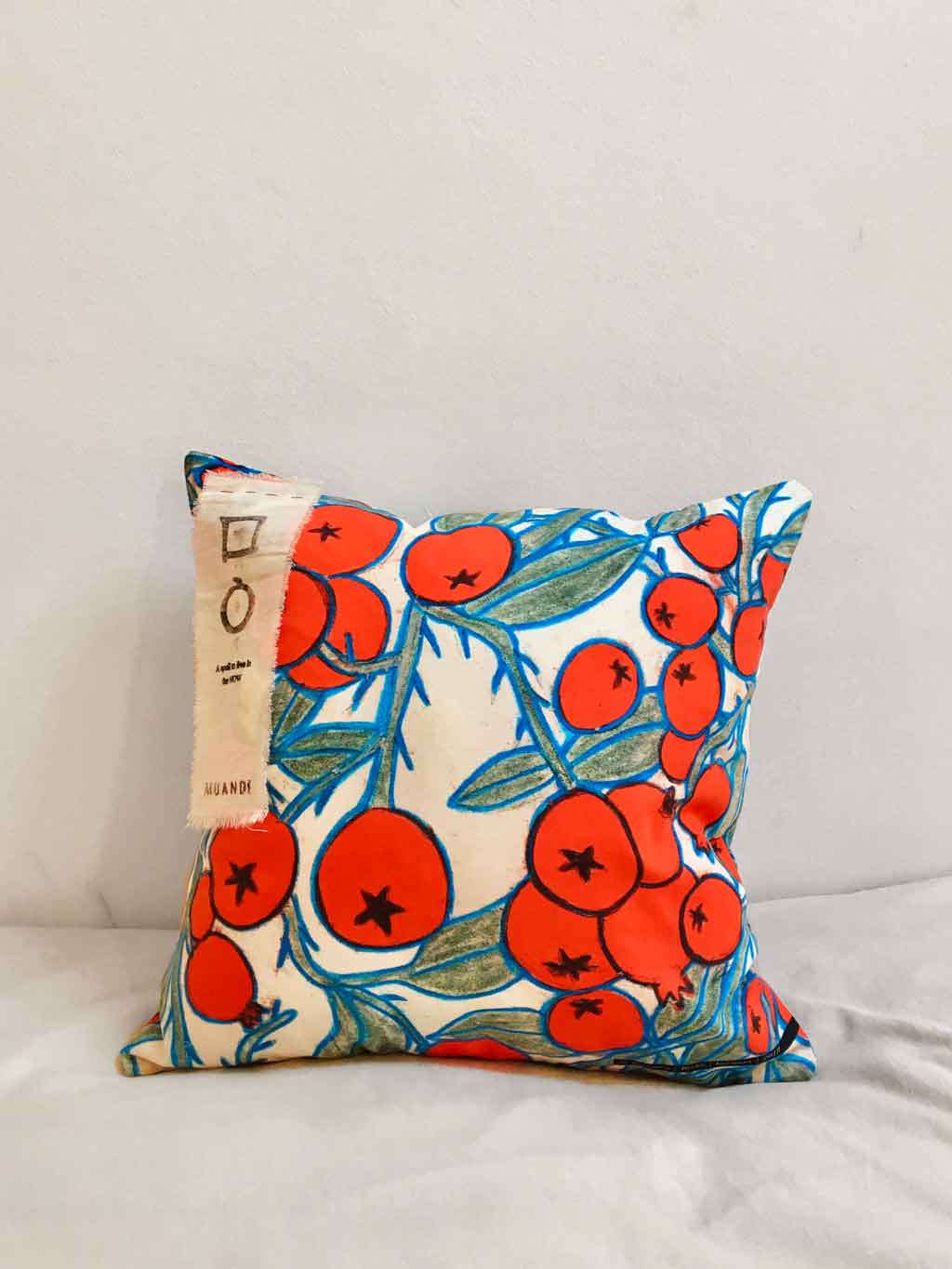The 20-Second Trick For Unique Art
The 20-Second Trick For Unique Art
Blog Article
Not known Facts About Unique Art
Table of ContentsA Biased View of Unique ArtWhat Does Unique Art Do?The 10-Minute Rule for Unique ArtGetting The Unique Art To WorkUnique Art Things To Know Before You Buy
While one might debate which art kind holds priority, the fact remains that each of these 7 forms gives an one-of-a-kind window right into human background, society, and evolution. Unique Art. They are the tapestries that chronicle our journey, reminding us of our past while motivating visions for the future
3 Emil DervishIn this entryway by Emil Dervish that beautiful cobalt blue door steals the show. To bring even a lot more drama, he expanded the paint. to the doorframe and the wall surface up, finishing in an arched form (Unique Art). The curves, together with a round sconce, soften the sides. After that frames classic posters and maps of beloved areas established the scene.
Unique Art - The Facts
8 TRIA GIOVANEqual parts grand and laidback, this foyer made by Anthony Baratta is the perfect plan to follow if you're enhancing an official entryway that still really feels unfussy and comfy. Formed fabrics take center stage (see the rugs and the sofa), yet they also help bring the high ceilings down to a human scale when hung over wallpaper.
18 Heidi Caillier DesignA gallery wall does not require to take up the entire room. Often a little one can make a larger design statement. In this living area, Hiedi Caillier chose micro-mini frames and a random structure. Advertisement - Continue Analysis Below19 Stephen Kent JohnsonDesigner Juan Carretero went with a deep environment-friendly paint color to comparison with the light timber coatings.
, the expression of concepts and emotions, with the creation of particular visual high qualities, in a two-dimensional visual language. The elements of this languageits shapes, lines, colours, tones, and texturesare made use of in various ways to create feelings of quantity, space, motion, and light on a level surface area. These components are combined into meaningful patterns in order to represent genuine or mythological phenomena, to interpret a narrative motif, or to create entirely abstract visual relationships.
Later on the concept of the "fine musician" created in Asia and Renaissance Europe. Prominent painters were afforded the social standing of scholars and courtiers; they authorized their work, decided its style and usually its subject and images, and developed a much more personalif not constantly amicablerelationship with their patrons. Throughout the 19th century painters in Western societies started to lose their social placement and safe and secure patronage.
Things about Unique Art
Others gained an income with visiting exhibits of their work. The need to useful site appeal to a marketplace had actually replaced the comparable (if much less impersonal) demands of patronage, and its result on the art itself was probably comparable. Generally, artists in the 20th century might reach an audience only via commercial galleries and public galleries, although their job might have image source been occasionally replicated in art periodicals.

Don't copy the design of other artists if you're searching for your style. Copying various other individuals's art work can be terrific in academic purposes however it will not make you closer to discovering your own special design. Your imaginative style has to be, what you like and what motivates you.
The Only Guide to Unique Art
I would consider your very own design as a design you paint in naturally, when you let go of all ideas and regulations and just focus on paint, not considering it. The style has to come normally to you when you are loosened up and you can't force it or it won't be your own style, just somebody else's.
You require to attempt great deals of various alternatives and check out every little thing prior to you can concentrate on one certain style or you'll be bored, or worse, you'll hate your own style. I suggest you to try every single subject that you're interested in, discover as much as you can. Attempt various tools that thrill you and new strategies you have actually never ever attempted before.
With time you'll be able to sort all of them into your favored and the very least favored categories. Attempt to concentrate your attention on the subjects and tools that you like and before you see it coming you'll have your own individual and special design, like no one else have! So ultimately you'll have a couple of preferred subjects to repaint and maybe a couple of favored mediums (Unique Art).
Not known Incorrect Statements About Unique Art
The style needs to develop itself with time with a great deal of practice and experiments. Thanks for reading this blog post and if you have any type of questions leave them in the remarks below, I would certainly be delighted to blog here answer these.
Report this page